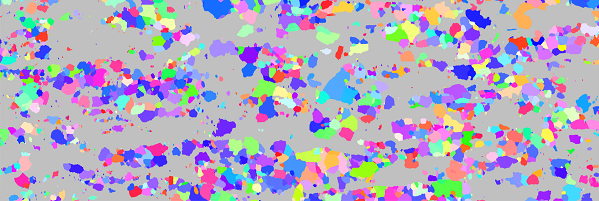In this project, we directly image and characterize solute hydrogen and hydride by use of atom probe tomography combined with electron microscopy, with the aim to investigate H interaction with different phases and lattice defects (such as grain boundaries, dislocation, etc.) in a set of specimens of commercially pure Ti, model and commercial…


